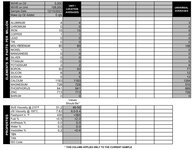2013 Sport
I am wondering if this car use port or direct injection?
Having used it entirely on freeway, lately my partner drives it - more like 12miles x 5 days/week - then I try to take it once a month on a freeway.
I only use Mobil 1 - how often I should change the oil - I buy parts and take it to shop to get it done?
I am wondering if this car use port or direct injection?
Having used it entirely on freeway, lately my partner drives it - more like 12miles x 5 days/week - then I try to take it once a month on a freeway.
I only use Mobil 1 - how often I should change the oil - I buy parts and take it to shop to get it done?

